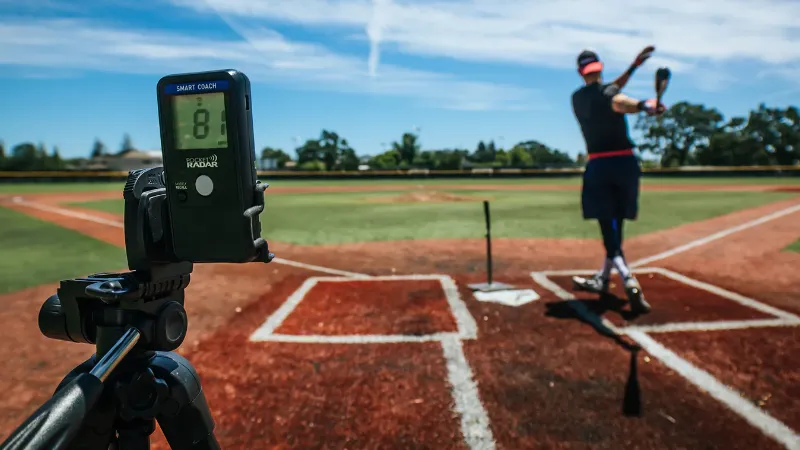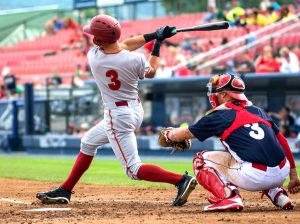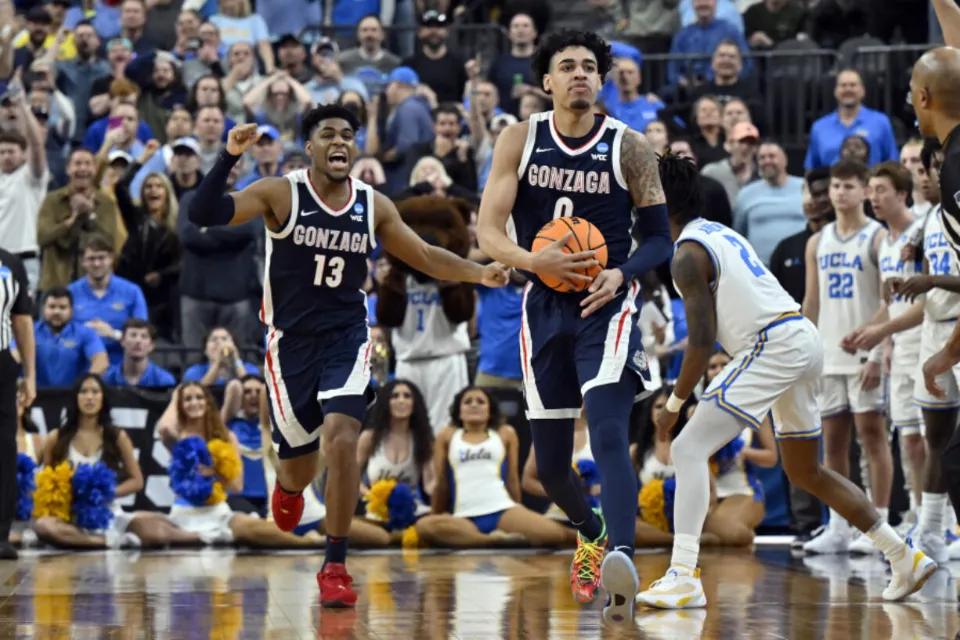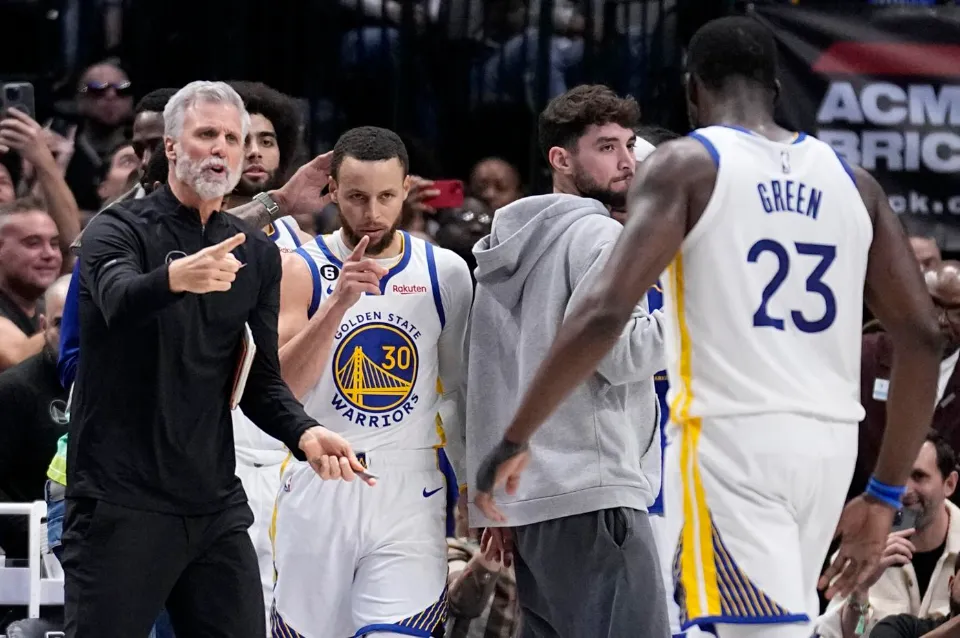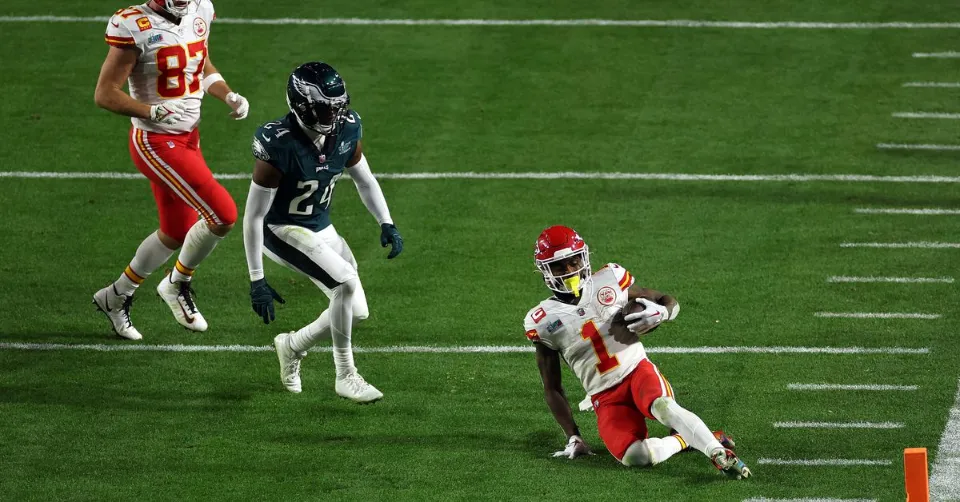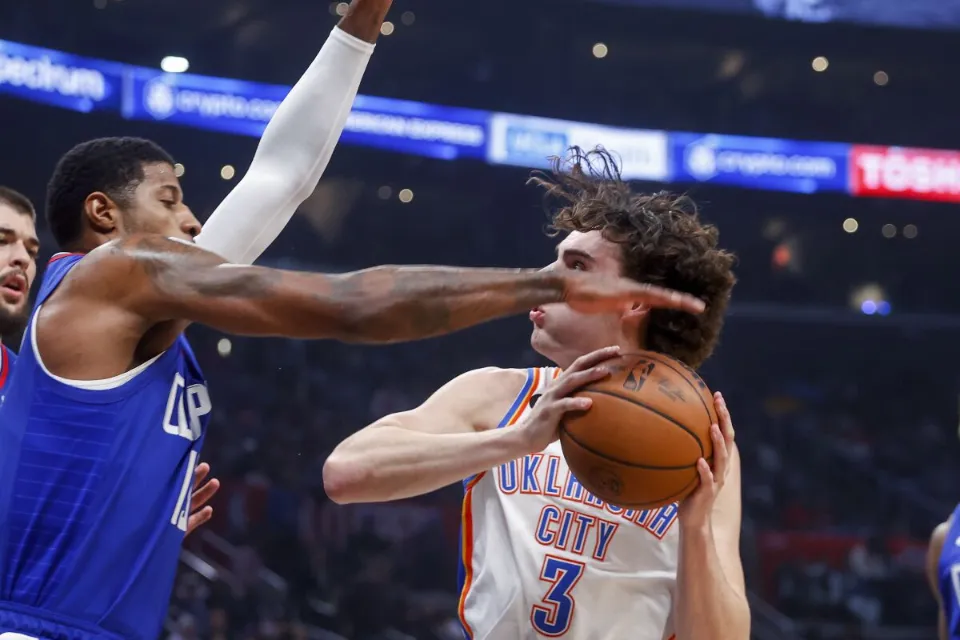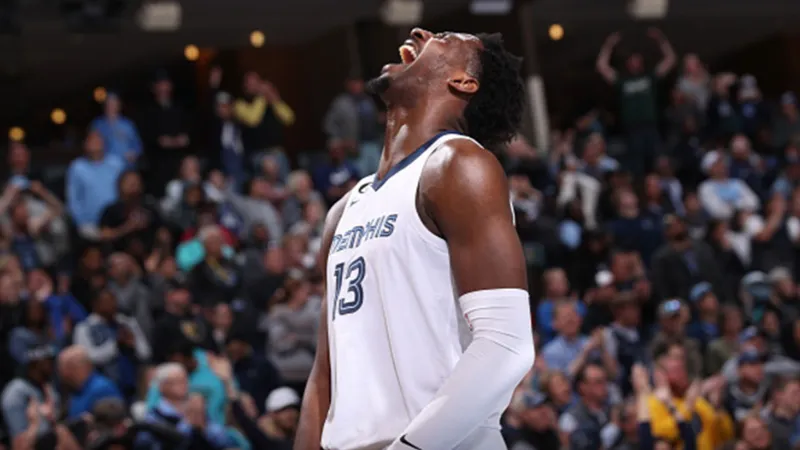What Is Play Action In Football? Here’s What You Want To Know
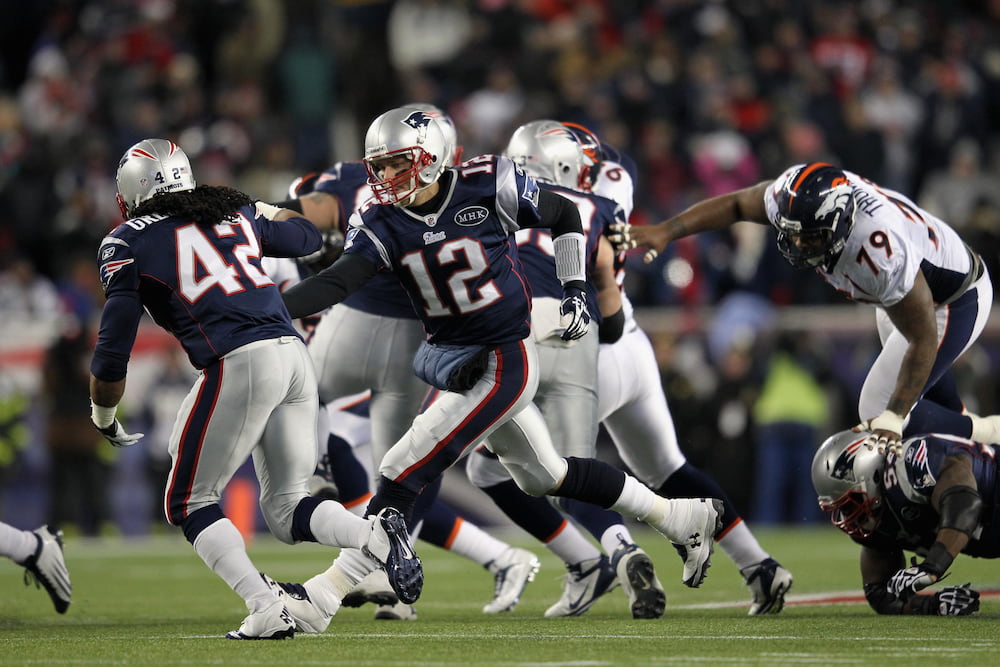
Play-action is a phrase that is frequently used by analysts and announcers to describe what is occurring offensively. What does the football term “play-action” mean?
Let’s look at play action in football. You might occasionally forget which offensive player is carrying the ball on a play when watching an American football game live or on television. A pass is made just as the running back appeared to have the ball and start moving one moment. When they believe a running back has the ball, the TV camera crew will occasionally follow the wrong person on the play.
This tricky play is known as play action in football.
Learn more below!
Table of Contents
Play Action In Football
To make the defense work harder, teams will use play-action. Depending on the coaching scheme, play action can take many different forms.
Play-action is a feature of all offenses that enables the offense to stay one step ahead of the defense.
Defenses must be prepared to thwart both the run and the pass. A 60/40 run-to-pass ratio is a common practice among good coaches. Teams that have more passes than runs frequently predict the outcome of each play.
Linebackers and defensive backs will almost always be dropped into pass coverage if the team’s pass-to-run ratio is 80/20. The defensive lineman doesn’t have to think as much and can be aggressive in committing to the pass.
Teams that split the game between running and passing 60/40, or even 50/50, force the defense to adjust and approach each down as a new one. Play-action is most effective in this situation.
Why Is It Called Play Action?
The quarterback delays the pass until a few seconds after the snap, giving the play-action its name. When running a play-action pass, the passer won’t throw the ball until the offensive line has engaged the defense and a running back has pretended to rush upfield with the ball. This scenario means that a “play-action pass” occurs after the play’s action has already started.
Who Invented The Play Action?
The play-action pass is one of the oldest plays in American football, making it difficult to pinpoint who created it. Pass plays are more successful when the quarterback and receivers can conceal the outcome of the play for as long as possible, according to legendary Notre Dame coach Knute Rockne, who made this observation in the 1930s. He claimed that pretending to block a run play by the offensive linemen was the best strategy for prolonging the play.
After the forward pass was permitted in football, the play-action pass most likely gained popularity. In 1906, the game underwent this revolutionary change. Football teams and coaches have adapted the forward pass to become one of the most efficient tactics in the game in less than 25 years.
When Was The Initial Play Action Play?
The play-action pass was first seen by the majority of football fans in the 1940 NFL Championship game between the Chicago Bears and the Washington Football Team. In that game, the Bears used it as part of their illustrious T-Formation offense to cruise to a 73-0 victory. Most football fans at the time would have referred to it as a play fake.
The popularity of the play-action play has increased steadily since its early days. Some coaches base their entire offensive schemes on the play. Both the Los Angeles Rams and the New England Patriots had a lot of success with this play in the weeks leading up to the 2019 Super Bowl. Tom Brady, the Patriots’ quarterback at the time, is regarded by many football fans as one of the top quarterbacks for running plays.
Positives & Negatives Of Play-action In Football
For many years, Tom Brady has been the most prominent user of play action, which is a significant component of football. To gain quick yards instead of relying on deeper pass routes, teams in the NFL have started to use it more frequently than ever in recent years.
When properly executed, play action can result in significant gains and first downs; however, everything that is good also has cons.
The danger of injury is a disadvantage of play-actions. On a play-action deep pass, players are “faking” as if they are going for a run. If defenders blitz the quarterback while he still has the ball in his hands, it could result in some very awkward hits between them.
Injuries brought on by play-action have already occurred frequently in the NFL over several seasons. Ankle injuries and concussions are the most frequent.
For example:
Play-action passes also have a higher rate of fumbles (both won and lost) and sacks (resulting in a loss of yards).
In order to keep the defense guessing, play actions are used by most offenses. This approach is most frequently used by some teams, including New Orleans, San Francisco, New England, Baltimore, and Green Bay.
Play-action has the additional drawback of being easy for defenses to anticipate and counter. The defense will stop running with the receivers if an offense uses play-action too frequently because it will be recognized as a fake by that point. This does not imply that play action is impractical or that it cannot be used, but rather that an offense must combine play-action with other types of plays in order to execute it properly.
Another drawback is that defenses will quickly pounce on play-action deep passes if they anticipate them, so quarterbacks must be more cautious than usual.
I recall watching the Atlanta Falcons a few years ago. On second and 7, it seemed like Matt Ryan would complete a pass deep downfield, but he faked a handoff and gained a first down with a simple completion.
This approach of play-action passing for a simple completion is very efficient and will keep assisting offenses throughout the league in producing big plays that result in success.
A quick fade or quick slant down behind the defenders can be thrown while the defenders are being drawn up to the line of scrimmage using the play-action pass.
While play-actions have both advantages and disadvantages, NFL teams will continue to employ them in the same manner they have in the past because, at the end of the day, they can be very advantageous and are a good tool to keep your game balanced.
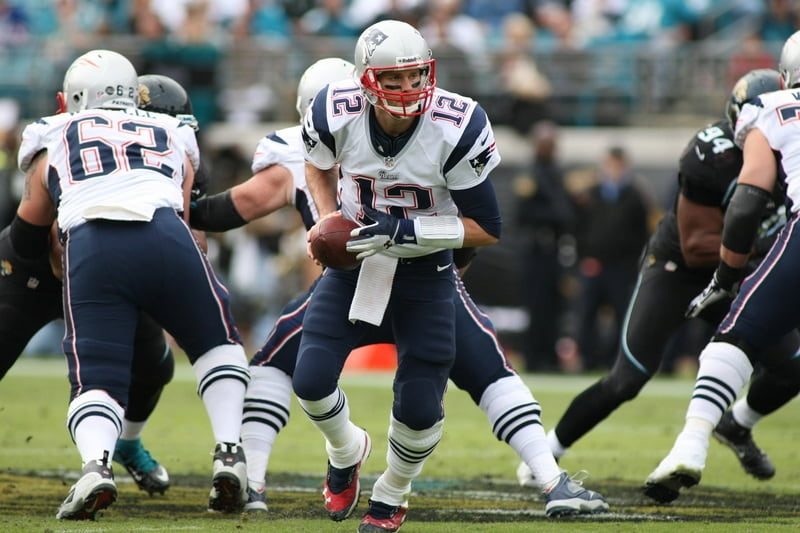
How Many Points Are Possible On A Play-action Play?
A play-action play can result in a variety of different outcomes depending on how well the initial fake worked. The quarterback’s successful completion of a quick pass to a wide receiver or tight end, which results in a first down and the continuation of the offensive drive, is the most likely outcome. According to statistics, this football play typically yields gains of up to 8 yards that are relatively short.
A play-action fake, however, can occasionally be so convincing that the defense opens up the receivers. In this scenario, a quarterback is completely free to pass deep to an eligible receiver with an unimpeded path to the end zone. For a play-action play, a touchdown that nets the offense six points is the best possible result.
What Increases The Success Of A Play Action Pass?
The number of rushing plays that have taken place in the game prior to the attempted fake is a crucial factor in determining whether a play-action passing attempt is successful. The defense will take the threat of a pass rush more seriously if the offensive team has had a largely successful running game. If the defense commits a costly error, the offense may gain from it.
When preparing for a play-action play, some quarterbacks choose to take the snap from the shotgun position. A quarterback must enter the pocket again after the snap and fake handoff in order to pass the ball. The quarterback may be forced to turn their back on the defense if the snap is received while they are at the center of the field. They can watch the play unfold and avoid taking this risk by taking the snap in the backfield.
Why Do Players In Football Run And Play?
Linebackers and defensive backs must react rather than anticipate when the team splits play calls 60–40 or 50–50. This implies that a play-action pass can force all defensive players to commit to the run, which will allow the offense to throw the ball to open receivers.
Sean McVay, the head coach of the Los Angeles Rams in the aforementioned example, is one of the best coaches at executing the zone scheme and play-action passes.
A strong play-action team will make the passes and the runs appear to be one and the same. This is done to deceive the defensive backs and linebackers into believing it is a run, which will allow them to move players into spaces where they can run unimpeded.
Running the football becomes much more effective if a team is successful with a play-action pass because it slows down the linebackers’ playing speed.
Read about What Is DB In American Football?
Play Action From Under Center
There are two ways to run play action: from under center and from the shotgun. Because everything will appear the same to the quarterback, running play-action underneath the center can be more convincing for the offense.
The quarterback can proceed as if he were handing the ball off. The only difference is that before the ball is passed, he will pull it back into his own stomach and get ready to throw the football.
Coaches may also instruct the quarterback to put his hand into the running back’s stomach while the quarterback is not holding the ball. Because they won’t be able to see the football, the defense frequently falls for the fake.
Play Action From The Spread
Play-action from the shotgun functions similarly to play-action as it does under center. The only difference is that players can now clearly see what they must read downfield.
With two hands, the quarterback will squish the ball into the running back’s stomach. The ball will then be gently taken out of the running back’s stomach and thrown down the field. The RPO, which we discuss here, was developed as a result of the play-action of a shotgun.
Since they can keep their eyes downfield the entire time while pretending to be the running back in play action from a shotgun, quarterbacks can now read coverage more easily.
What Not To Do When Running A Play-action Pass
The quarterback usually fakes a handoff to draw defenders to him while an offensive player speeds past them for a quick pass play. The aggressiveness of the defense can be used against it by using a play-action pass.
To run a play-action pass effectively, you must ensure that all of your receivers take precise routes and return to the quarterback at the appropriate moments. Any offense can suffer greatly from a quarterback’s poor throw, especially if it results in an interception.
Here are some examples of what not to do when running a play-action pass:
- Keep moving while pretending to make a handoff.
- Avoid stepping forward while passing with the incorrect foot, as this will throw you off balance and make you appear to be a fake.
- Know where every one of your receivers is supposed to be while keeping an eye on the defense at all times.
- To maintain balance, make sure your passing routes and formations line up with the rest of your plays.
- Avoid dropping back too far, as doing so will expose more of your fake than necessary and make it even simpler for defenders to stymie the pass play.
- Don’t fixate on the receiver as they run their route. Instead, maintain attention on the defense so you can react appropriately when the ball is snapped.
When you take the snap, it successfully passes through one gap in the linemen for a respectable gain. It seems as though you’ve set up a play-action pass where the receiver will breeze past the defense for a simple completion, but you throw the ball to the running back or wide receiver who is not expecting it. Your entire team will be let down by this, and the defense will gain an advantage they didn’t already have. So, don’t do that!
Final Words
To deceive the defense into believing that the offense will run the ball, the play-action play begins with a fake handoff to a running back. Instead, the quarterback retreats and strikes to an available receiver. Teams have a crucial tool in their playbooks that can guarantee long-term success throughout a game even if this successful pass doesn’t always lead to big plays for enormous gains on the field.
Thank you for reading.
